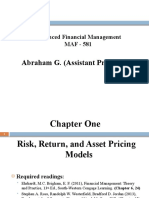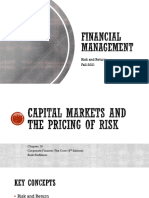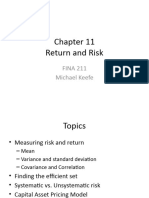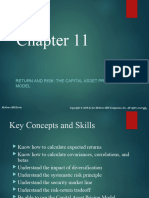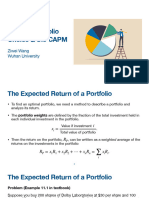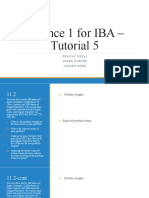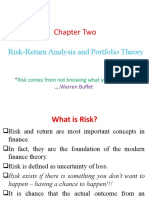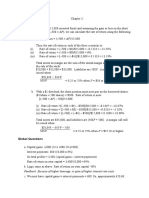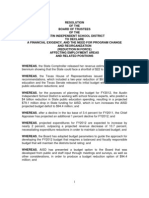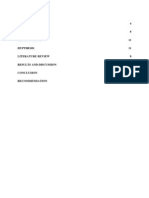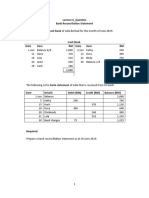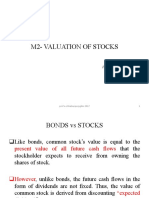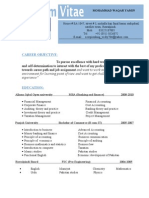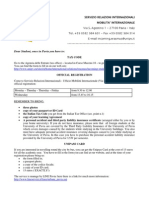0% found this document useful (0 votes)
39 views25 pagesTutorial 5 - Post-Tutorial Slides
The document provides calculations for expected returns, standard deviations, and variances for various financial scenarios, including individual stocks and portfolios. It discusses the relationship between average returns and historical volatility, emphasizing the benefits of diversification. Additionally, it includes examples of calculating beta for firms in relation to market risk and expected returns based on the Capital Asset Pricing Model (CAPM).
Uploaded by
m.guerreroleyvaCopyright
© © All Rights Reserved
We take content rights seriously. If you suspect this is your content, claim it here.
Available Formats
Download as PDF, TXT or read online on Scribd
0% found this document useful (0 votes)
39 views25 pagesTutorial 5 - Post-Tutorial Slides
The document provides calculations for expected returns, standard deviations, and variances for various financial scenarios, including individual stocks and portfolios. It discusses the relationship between average returns and historical volatility, emphasizing the benefits of diversification. Additionally, it includes examples of calculating beta for firms in relation to market risk and expected returns based on the Capital Asset Pricing Model (CAPM).
Uploaded by
m.guerreroleyvaCopyright
© © All Rights Reserved
We take content rights seriously. If you suspect this is your content, claim it here.
Available Formats
Download as PDF, TXT or read online on Scribd
/ 25




















